Smart Tags built for tough environments
Our smart tags are made to withstand rough handling and repeated use—ideal for tracking reusable assets like crates, pallets, cages, or IBCs that move across sites or supply chains.
Designed to stay attached and readable through demanding conditions, these tags are engineered to go where adhesive labels can’t. Designed with durability in mind, they deliver dependable performance in rugged environments, across repeated use, and wherever movement, moisture, or impact might otherwise compromise your system.
Why Use Smart Tags?
Smart tags are the go-to choice for assets that don’t suit adhesive labels. They’re available in a range of sizes and formats and can be attached with cable ties, staples, or fasteners—or embedded directly into the asset.
Returnable plastic crates and produce bins
Metal cages, stillages, and trolleys
Pallets (wooden, plastic, or composite)
Intermediate bulk containers (IBCs)
Equipment and tools in transit
Made for Smart Solutions
Our tags are built to support smart solutions across a range of industries. From logistics and manufacturing to retail and closed-loop container pools, these tags integrate seamlessly with your system to provide traceability, compliance, and operational efficiency.
Compliance & Traceability
Returnable Crates & Pallets
Freight, Warehousing & Logistics
Built for Performance.
Ready to Customise.
Our product development team will work with you to create a tag that’s right for your assets, the environment they will operate in, and RFID functionality.
We consider:
Environment (wet, hot, cold, dusty)
Surface (metal, timber, plastic)
Required read range (and level of obstruction)
Application method (tie, staple, embed)
Packaging, encoding, or compliance needs
Not Sure Where to Start?
Whether you have a spec in hand or a problem you’re trying to solve, we’ll guide you to the right solution.



